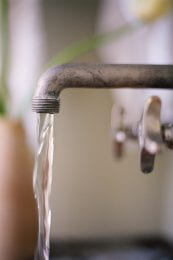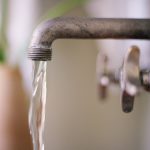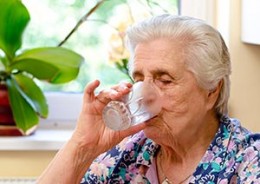
The temperature is rising which means outdoor summer activities will include recreational water activities. While these are fun, the safety of water is important to prevent illness.
Recreational water illness (RWI) is linked to swimming and bathing activities. Proper water quality maintenance is key to prevent adverse health problems. Prompt response to fecal accidents or other contamination is important. There are many resources from the Kansas Department of Health and Environment. Properly treated water can inactivate or kill most bacterial contamination. Cryptosporidiosis is a diarrhea-causing disease that spreads through contaminated water.
There are many health benefits when doing recreational water activities. This includes improving mood, less joint or muscle pain, decreased anxiety, decreased depression symptoms, and better quality of life. Learn more about healthy swimming from the Centers for Disease Control and Prevention.




